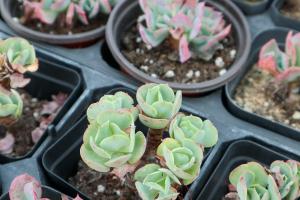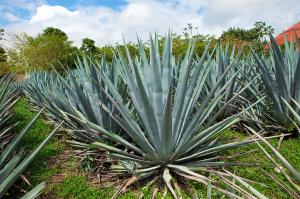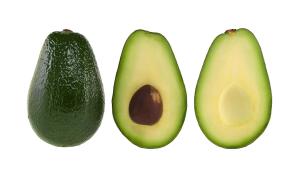How to Use a Self-Heal Plant
Are you looking for a natural remedy to help heal your wounds and soothe your skin? Look no further than the self-heal plant, also known as Prunella vulgaris. This common herb has been used for centuries as a natural healing agent due to its anti-inflammatory, antibacterial, and antioxidant properties. In this article, we will discuss how to use self-heal plant for various purposes.
Using Self-Heal Plant for Wound Healing
Self-heal plant has been traditionally used to heal wounds, cuts, and scrapes. To use this herb for wound healing, you can either make a poultice or apply the fresh leaves directly onto the affected area.
To make a poultice, you will need to gather a handful of fresh self-heal leaves and chop them finely. Add a small amount of hot water to make a paste, and then apply the paste onto the wound area. Cover it with a clean cloth or bandage, and replace the poultice every few hours until the wound starts to heal.
Alternatively, you can apply fresh self-heal leaves onto the wound directly by crushing them with your fingers to release the juice. This method is useful for smaller cuts or scrapes.
Using Self-Heal Plant for Skin Care
Self-heal plant is also effective for promoting healthy skin due to its anti-inflammatory and antioxidant properties. You can use this herb in various ways to improve your skin's health.
To make a self-heal plant facial toner, mix a handful of fresh self-heal leaves with a cup of hot water. Let it steep for 10 minutes, and then strain the liquid into a spray bottle. Use this toner daily after cleansing your face to reduce inflammation and soothe your skin.
You can also make a self-heal plant-infused oil to use as a moisturizer or massage oil. To make the infused oil, fill a glass jar with fresh self-heal plant leaves and cover them with a carrier oil, such as sweet almond oil or jojoba oil. Let the mixture sit for about two weeks, shaking the jar daily. After two weeks, strain the oil into a clean bottle and use it for your skin care routine.
Using Self-Heal Plant for Digestive Health
Self-heal plant has been used as a natural remedy for digestive ailments, such as upset stomach, indigestion, and diarrhea. You can use this herb to make a tea or a tincture to soothe your digestive system.
To make a self-heal plant tea, steep a handful of fresh or dried self-heal leaves in hot water for 10 minutes. Strain the tea and drink it regularly to reduce inflammation and promote healthy digestion.
Alternatively, you can make a self-heal plant tincture by soaking the leaves in alcohol or vinegar for a few weeks. Strain the liquid and take a few drops of the tincture in a glass of water before meals to improve digestion.
Conclusion
Self-heal plant is a versatile herb that can be used for various purposes, including wound healing, skin care, and digestive health. By incorporating this herb into your daily routine, you can enjoy the benefits of its anti-inflammatory and antioxidant properties. Always consult with your healthcare provider before using herbal remedies, especially if you are pregnant, nursing, or taking medications.

 how many times do yo...
how many times do yo... how many planted tre...
how many planted tre... how many pine trees ...
how many pine trees ... how many pecan trees...
how many pecan trees... how many plants comp...
how many plants comp... how many plants can ...
how many plants can ... how many plants and ...
how many plants and ... how many pepper plan...
how many pepper plan...
































